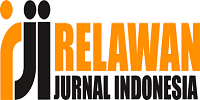Meningkatkan Kognitif Anak Usia Dini melalui Media Flashcard
DOI:
https://doi.org/10.46963/mash.v6i01.692Keywords:
Remembering, Flashcard, Early childhoodAbstract
One of the cognitive abilities of early childhood (AUD) is symbolic thinking, which includes the ability to know, mention, and use the concept of numbers. The cognitive abilities of students of RA Sabilil Huda Sanglar, Reteh have not developed optimally. This study aims at improving students’ cognitive abilities through flashcard media. It is a Class Action Research (CAR), which was carried out in group B RA Sabilil Huda Sanglar, Reteh. This was designed for two cycles, where each cycle consisted of three meetings (two meetings for treatment, and one meeting for tests). Data were collected using observations, tests, and field notes. They were then subsequently analyzed descriptively. Based on the data, it is known that students’ cognitive abilities are at an average of 36.25 (45.31%) with the Start to Develop (SD) category in the pre-cycle, 56 (70%) with the Very Well Developed (VWD) category in the cycle I, and 75.6 (94%) with the Very Well Developed (VWD) category in the cycle II. Thus, the use of flashcard media can improve the cognitive abilities of group B students of RA Sabilil Huda Sanglar, Reteh.
Downloads
References
Arsyad, A. (2017). Media Pembelajaran. Jakarta: Rajawali Press.
Dewi, I. A. (2020). Pengembangan Media Flashcard untuk Meningkatkan Kemampuan Mengenal Warna pada Anak Usia Dini. Journal for Lesson and Learning Studies, 3(3), 491-497. doi:https://doi.org/10.23887/jlls.v3i3.29391
Dhiu, K. D., Laksana, D. N., Dopo, F., Ita, E., Natal, Y. R., Jau, M. Y., . . . Tawa, O. P. (2021). Aspek Perkembangan Anak Usia Dini. Pekalongan: PT. Nasya Expanding Management.
Dimyati, J. (2013). Metodologi Penelitian Pendidikan dan Aplikasinya pada Pendidikan Anak Usia Dini (PAUD). Jakarta: Kencana.
Indonesia, K. P. (2014). Peraturan Menteri Pendidikan dan Kebudayaan Republik Indonesia Nomor 137 Tahun 2014 Tentang Standar Nasional Pendidikan Anak Usia Dini. Jakarta: Kementerian Hukum dan Hak Asasi Manusia.
Indonesia, R. (2003). Undang-undang Republik Indonesia Nomor 20 Tentang Sistem Pendidikan Nasional, Bab I Pasal 1. Jakarta: Sekretariat Negara.
Inggrida, P., & Christiana, E. (2014). Penggunaan Media Flashcard terhadap Kemampuan Kognitif Mengenal Konsep Bilangan 1-10 di Kelompok A TK Islam Insan Al-Firdaus. PAUD Teratai: Jurnal Ilmiah Pendidikan Anak Usia Dini, 3(3), 1-7. Retrieved from https://ejournal.unesa.ac.id/index.php/paud-teratai/article/view/7602
Khadijah. (2016). Pengembangan Kognitif Anak Usia Dini. Medan: Perdana Publishing.
Khadijah. (2016). Perkembangan Kognitif Anak Usia Dini. Medan: Perdana Publishing.
Platinum, M. (2021, Agustus 3). Perkembangan Kognitif Anak Usia Dini yang Harus Bunda Tahu. Retrieved from Morinaga: https://morinagaplatinum.com
Rahman, T., Sumardi, & Fuadatun, F. (2017). Peningkatan Kemampuan Anak Usia Dini Mengenal Konsep Bilangan Melalui Media Flashcard. Jurnal PAUD Agapedia, 1(1), 18-128. Retrieved from https://ejournal.upi.edu/index.php/agapedia/article/view/7167
Susanto, A. (2018). Pendidikan Anak Usia Dini (Konsep dan Teori). Jakarta: PT. Bumi Aksara.
Susilana, R., & Riyana, C. (2007). Media Pembelajaran. Bandung: CV. Wacana Prima.
Sutisna, I., & Laiya, S. W. (2020). Metode Perkembangan Kognitif Anak Usia Dini. Gorontalo: UNG Press.
Ulfa, N. M. (2020). Analisis Media Pembelajaran Flash Card untuk Anak Usia Dini. GENIUS: Indonesian Journal of Early Childhood Education, 1(1), 34-42. doi:https://doi.org/10.35719/gns.v1i1.4
Downloads
Published
Issue
Section
License
Copyright (c) 2023 Novi Tri Utami

This work is licensed under a Creative Commons Attribution-ShareAlike 4.0 International License.
Authors who publish with this journal agree to the following terms:
1. Copyright on any article is retained by the author(s).
2. The author grants the journal, right of first publication with the work simultaneously licensed under a Creative Commons Attribution shareAlike 4.0 International License that allows others to share the work with an acknowledgment of the work’s authorship and initial publication in this journal.
3. Authors are able to enter into separate, additional contractual arrangements for the non-exclusive distribution of the journal’s published version of the work (e.g., post it to an institutional repository or publish it in a book), with an acknowledgment of its initial publication in this journal.
4. Authors are permitted and encouraged to post their work online (e.g., in institutional repositories or on their website) prior to and during the submission process, as it can lead to productive exchanges, as well as earlier and greater citation of published work.
5. The article and any associated published material is distributed under the Creative Commons Attribution-ShareAlike 4.0 International License

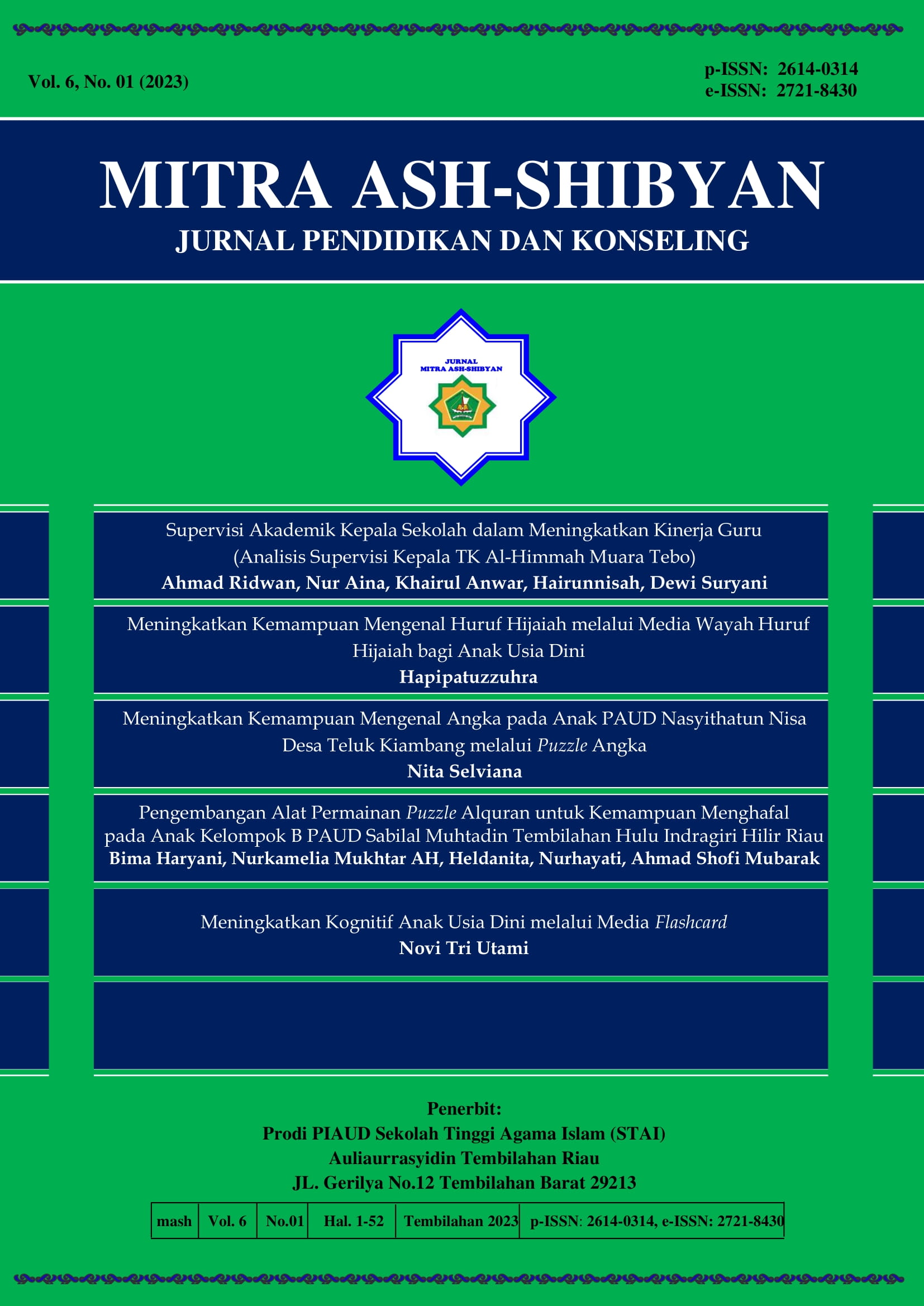
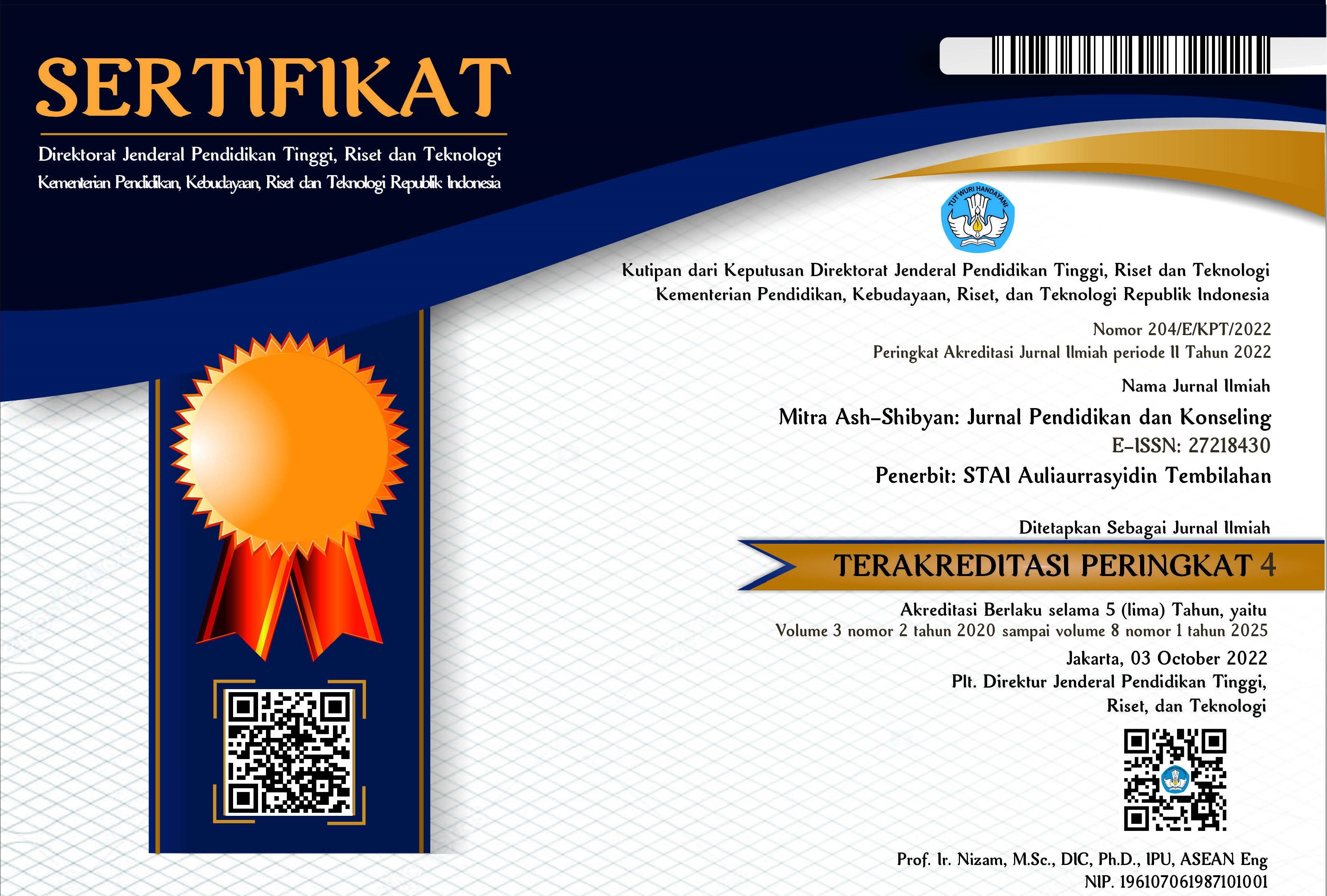

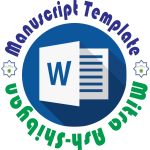
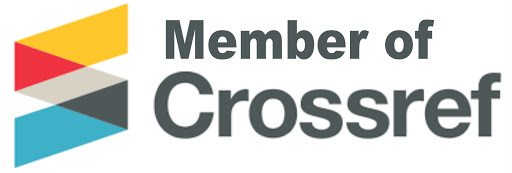

2.png)
